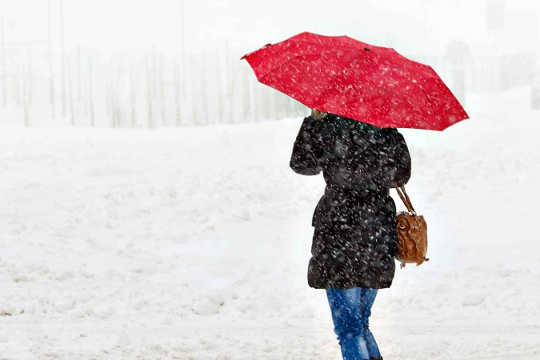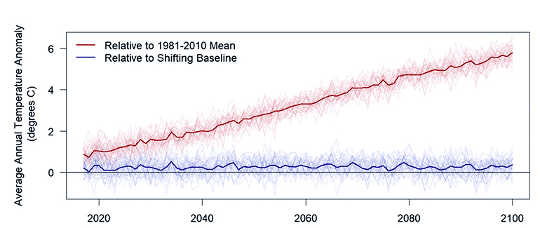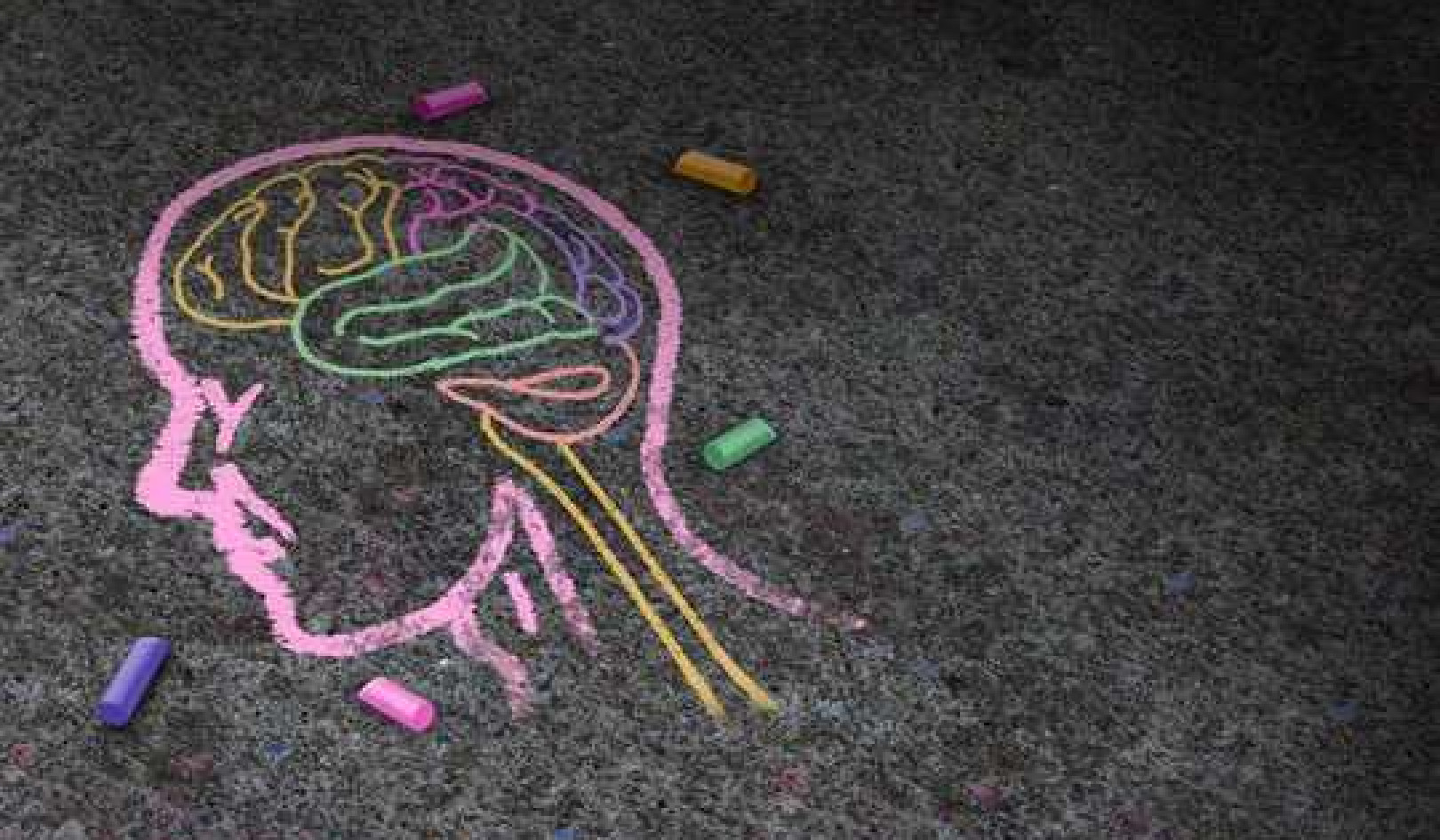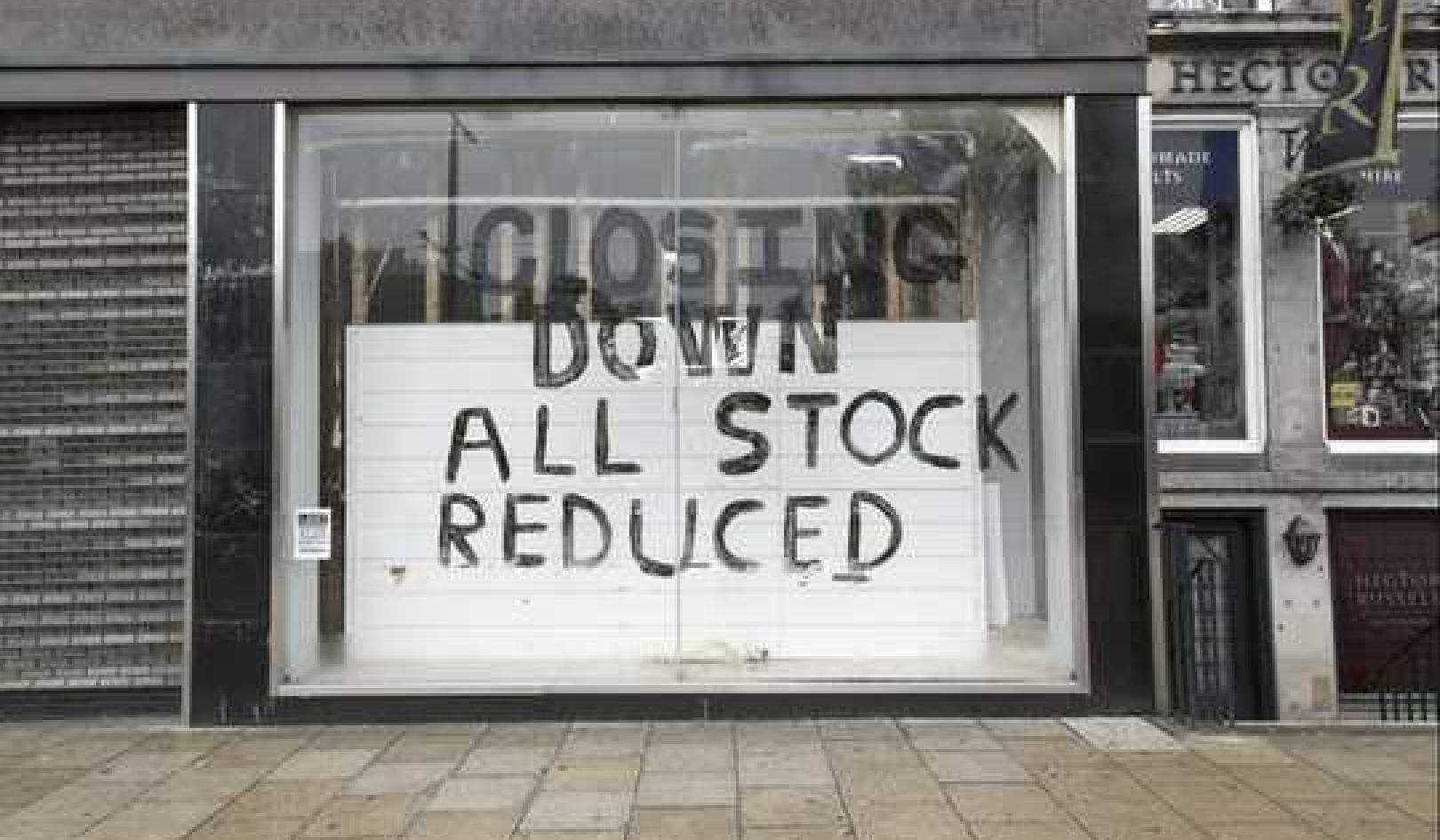
People have short memories when it comes to what they consider “normal” weather, according to new research.
On average, people base their idea of normal weather on what has happened in just the past two to eight years, researchers report in the journal Proceedings of the National Academy of Sciences. This disconnect with the historical climate record may obscure the public’s perception of climate change.
“There’s a risk that we’ll quickly normalize conditions we don’t want to normalize,” says lead author Frances C. Moore, an assistant professor in the environmental science and policy department at the University of California, Davis.
“We are experiencing conditions that are historically extreme, but they might not feel particularly unusual if we tend to forget what happened more than about five years ago.”
To reach their conclusions, the researchers quantified a timeless and universal pastime—talking about the weather—by analyzing posts on Twitter.
They sampled 2.18 billion geolocated tweets that users created between March 2014 and November 2016 to determine what kind of temperatures generated the most posts about weather. They found that people often tweet when temperatures are unusual for a particular place and time of year—a particularly warm March or unexpectedly freezing winter, for example.
However, if the same weather persisted year after year, it generated less comment on Twitter, indicating that people began to view it as normal in a relatively short amount of time.
This phenomenon, the authors note, is a classic case of the boiling-frog metaphor: A frog jumps into a pot of boiling hot water and immediately hops out. If, instead, the frog in the pot slowly warms to a boiling temperature, it doesn’t hop out and eventually cooks. While scientifically inaccurate, this metaphor has long been used as a cautionary tale warning against normalizing the steadily changing conditions that climate change causes.
 Effect of shifting baselines on the remarkable nature of temperature anomalies. (Fig. 4 in the PNAS study.) The figure shows the relationship between how hot it is getting (red line) and how hot people think and feel it is getting (blue line). (Credit: UC Davis)
Effect of shifting baselines on the remarkable nature of temperature anomalies. (Fig. 4 in the PNAS study.) The figure shows the relationship between how hot it is getting (red line) and how hot people think and feel it is getting (blue line). (Credit: UC Davis)
Sentiment analysis tools, which measure the positive or negative association of words, provided evidence for this “boiling-frog effect.” After repeat exposures to historically extreme temperatures, people tweeted less about the weather specifically, but they still expressed negative sentiments overall. Particularly cold or hot conditions still seemed to make people unhappy and grumpy.
“We saw that extreme temperatures still make people miserable, but they stop talking about it,” Moore says. “This is a true boiling-frog effect. People seem to be getting used to changes they’d prefer to avoid. But just because they’re not talking about it doesn’t mean it’s not making them worse off.”
Additional coauthors are from the Massachusetts Institute of Technology, the National Center for Atmospheric Research, and the University of British Columbia.
Source: UC Davis
Related Books
at InnerSelf Market and Amazon






















